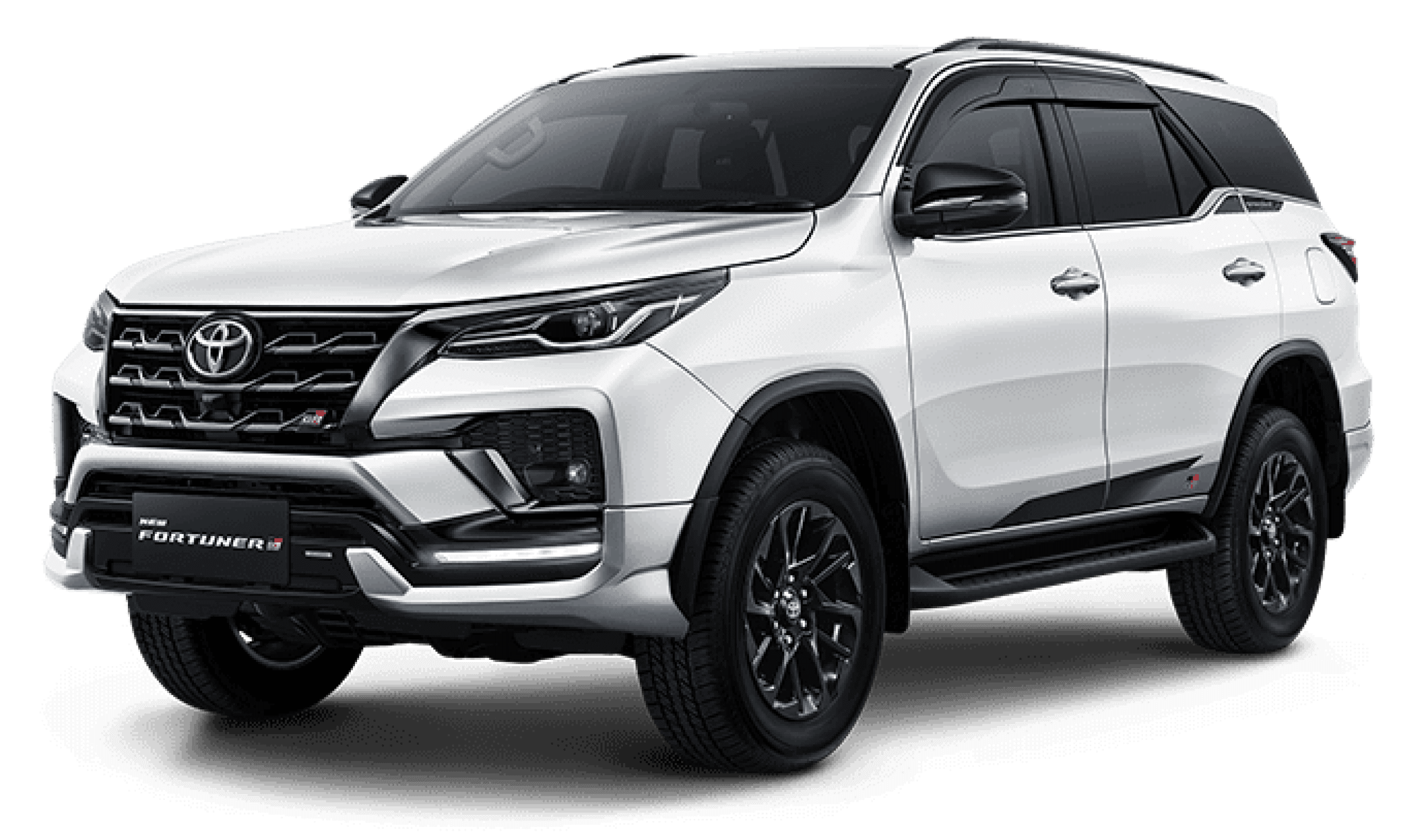Rent Reliable Cars Across Ethiopia — Fast, Easy, and Transparent
Book verified vehicles from trusted local hosts and commercial operators. No hidden fees. No stress. Just simple, secure rentals in minutes.

Welcome to Macafel — Ethiopia’s Modern Car Rental Marketplace
Macafel connects you with reliable, fully verified cars from commercial operators and trusted individual owners across Ethiopia. Whether you need a vehicle for daily use, travel, business, NGO assignments, or events, we make renting simple, transparent, and seamless.
Wherever you’re going, Macafel makes getting there easier.
With Macafel you get:
- Clear, upfront pricing — no hidden charges.
- Verified cars & operators — commercial licenses, documents, and insurance checked.
- Wide selection — sedans, SUVs, pickups, vans, minibuses, and more.
- Fast booking — search, compare, and reserve in minutes.
- Trusted service — built by experienced car-rental professionals.










